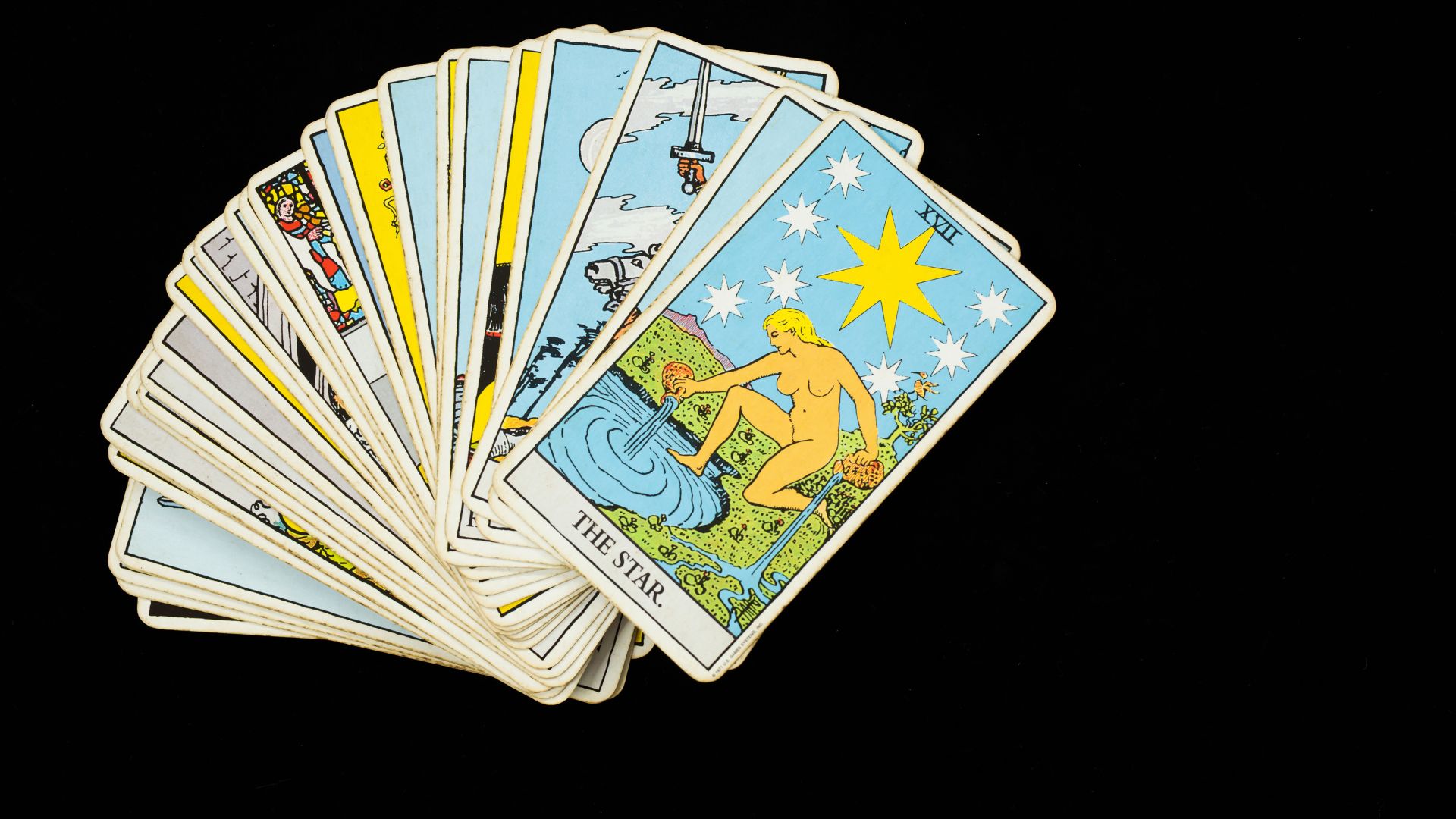Buying Tarot Decks Online


Tarot cards are versatile playing cards used for readings, games and even magic effects. Their 78-card deck can also be used to perform standard force, prediction or Ace-cutting tricks.
To understand tarot, it is first essential that you establish an intimate connection. Tarot reading requires practice as its meaning can change over time.
Choosing the Right Deck
Tarot decks form the cornerstone of any tarot practice, so selecting one may seem daunting. Different decks feature different artwork and symbolism that may or may not resonate with you – choosing something that excite you is key for continuing use!
The perfect tarot deck should evoke an emotional response in you. This might involve noting your preference for decks with certain colors or artistic styles; or supporting creators who reside near your area or support specific causes.
Finding the appropriate Tarot Deck may take time, but it is definitely worth your while!
The Major Arcana
The Major Arcana contains 21 cards, from Fool (zero) through World (XXI). These cards often represent key life lessons and events.
Acknowledging the meaning of these cards is integral to reading tarot. Tarot cards reflect universal patterns and themes we all experience, serving as images representing what psychologist Carl Jung referred to as archetypes.
For instance, The Magician card symbolizes personal power and achievement and may call you to use creativity, drive and willpower in order to reach your fullest potential. On the other hand, The Judgement card speaks about trial, consequences, rebirth and renewal; The Tower card signifies breaking down false beliefs, structures or patterns no longer serving us in order to rebuild them stronger – finally The World card serves as a final testament of success and completion.
The Minor Arcana
Minor Arcana cards comprise the 78 cards found in a tarot deck and deal with everyday energies and situations. Divided into four suits – Wands, Cups, Swords and Discs/Coins/Pentacles – these minor arcana cards represent everyday energies and situations with their 14 cards: Wands, Cups, Swords and Discs/Coins/Pentacles each contain 14 cards divided among themselves: Wands (fire), Cups (water), Swords (logic and reason), Swords connect with air (logic and reasoning self), Swords connect with air (logic and thinking self), Pentacles (money wealth practicality). Each suit represents different elements related to different aspects of life: Wands represents fire (passion, willpower creativity); Pentacles represent earth (money wealth practicality).
Understanding these connections between cards, zodiac signs, and elements can help you gain a more comprehensive view of a tarot reading. For instance, Tower cards often represent destruction followed by rebuilding for a better future.
The Symbolism
Tarot cards contain symbols that reveal much about their meaning, with some symbols appearing across all cards while others pertain solely to certain suits or cards.
For instance, the boat symbol can symbolize deeper thoughts that have lingered within our subconscious minds for some time now. It may also signify travel or embarking upon a journey after much consideration and thought has gone into finding an optimal direction of travel.
Other commonly seen symbols include the suit of swords, which symbolizes intelligence, logic and truth as well as ambition and conflict; its related moon symbolizes cycles, changes and tides while lemniscate on Strength and Magician cards represents eternity, an endless source of energy which cannot be created or destroyed while also symbolizing control, willpower and victory.
Choosing a Deck
Choose the appropriate deck is an integral component of tarot practice. There are various deck options, each offering their own distinctive artwork and symbolism; when making this decision, make sure that it resonates with you intuitively when holding or touching it.
Take into consideration who designed or created your deck. Some decks focus more on historical imagery while others feature contemporary narrative imagery or obscure symbols that use narrative narrative or cryptic codes. Also keep an eye out for culturally specific themes which could become problematic if created without people who identify with those cultures, creating them without profit motive in mind.
Beginners often turn to the Rider-Waite deck because it is easy for novice readers to understand. Additionally, it would be wise to seek out a guidebook which can explain all of its cards and their meanings.
